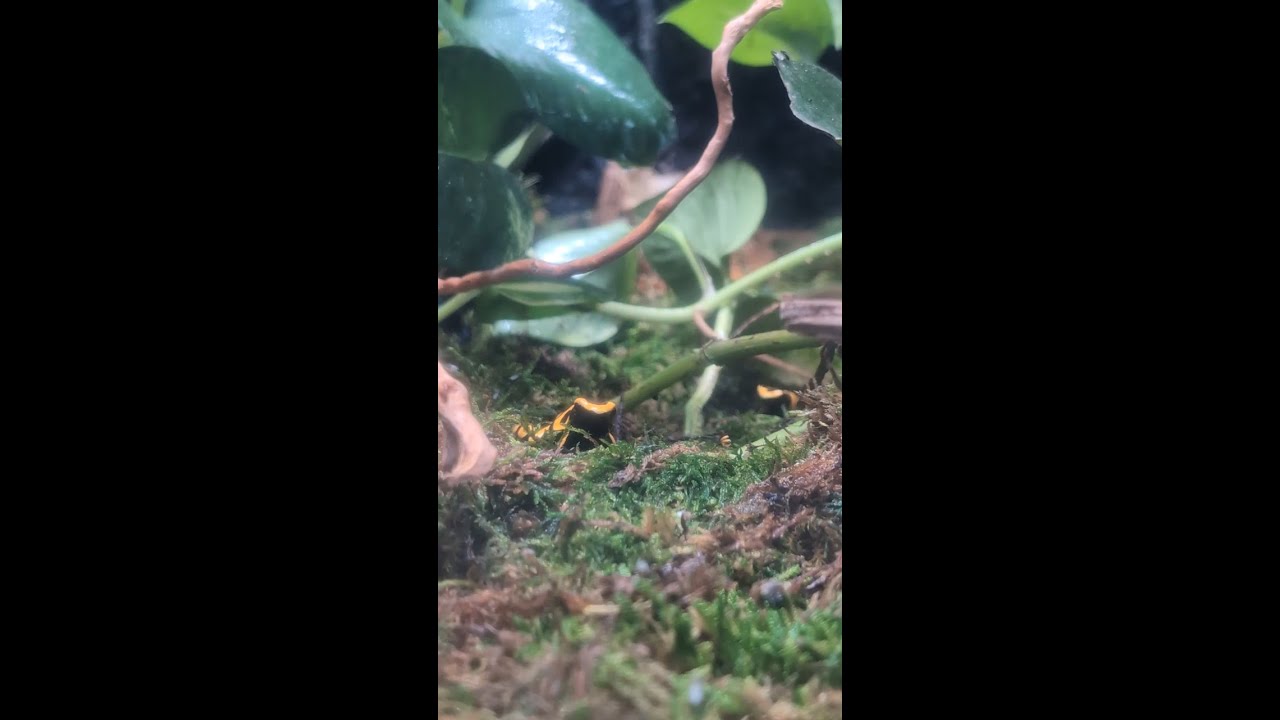- Introduction to Happy Frogs: Taxonomy and Physical Characteristics
- Habitat, Diet, and Behavior of Happy Frogs
- The Importance of Happy Frogs in Biodiversity and Ecosystems
- Happy Frogs in Zoos: Challenges and Strategies in Zoo Management
- Conservation Efforts to Protect Happy Frogs and Their Habitats
Happy frogs, a captivating species within the extensive amphibian family, offer a wealth of scientific interest and environmental significance. Known scientifically as Ranidae, happy frogs have earned attention due to their vibrant colors and intriguing behaviors. This article delves into the world of these amphibians, exploring their taxonomy, habitat preferences, roles in ecosystems, and the conservation efforts dedicated to their survival.
Happy frogs belong to the broader family of true frogs, which encompasses over 400 species worldwide. These frogs are distinguished by their smooth, moist skin, a necessity for their survival as it facilitates moisture and gas exchange. Happy frogs exhibit a variety of skin colors, which can range from deep greens to bright yellows, often serving as a form of camouflage against predators. Their large hind legs are well-adapted for jumping, a key aspect of their locomotion, allowing for quick escapes from threats in their environment.
The diet of happy frogs largely comprises insects, such as flies, mosquitoes, and beetles, which they catch using their long, sticky tongues. Some larger species might even consume small mammals and other amphibians. As remarkably adept hunters, their feeding strategies not only help maintain the population balance of their prey but also position happy frogs as integral components of their ecosystems. This trophic role underscores the importance of conserving their habitats, as their decline can potentially disrupt the ecological balance.
Happy frogs can be found across a multitude of climates, from tropical rainforests to temperate zones, demonstrating their adaptability. They prefer environments with abundant water bodies, such as ponds, streams, and marshy areas. These habitats supply the necessary moisture for their skin and enable successful breeding cycles, as frogs lay their eggs in water. The lifecycle of a happy frog, which includes metamorphosis from tadpole to adult, is an extraordinary process which highlights their biological adaptability and resilience.
In biodiversity, happy frogs play crucial roles as both prey and predator. Their presence is a natural form of pest control, as they consume large quantities of insects that would otherwise overpopulate and wreak havoc on crops and human comfort. Moreover, they serve as an important food source for a range of predators, including birds, fish, and reptiles. This interconnected web emphasizes the frogs’ significance in maintaining ecological stability and highlighting their importance in biodiversity studies.
Zoos play a vital role in the conservation of happy frogs, especially as wild populations face threats from habitat destruction, climate change, and pollution. Zoo management entails creating environments that mimic the natural habitats of these frogs to promote breeding and reduce stress. This involves regulating temperature, humidity, and light cycles, as well as providing enrichment activities to encourage natural behaviors. Successful management in zoos not only aids in the conservation of the species but also serves educational purposes, raising public awareness about the importance of amphibians in our world.
Conserving happy frogs requires comprehensive strategies, including habitat protection, pollution control, and climate change mitigation. Collaborative efforts between governments, conservation organizations, and local communities are paramount. Initiatives like habitat restoration and captive breeding programs are instrumental in these efforts, helping to bolster wild populations and reintroduce frogs into areas where they have disappeared. Public education campaigns also play a vital role, fostering appreciation and understanding of amphibians’ ecological roles and the challenges they face.
Happy frogs are not just a source of fascination but a linchpin in the ecosystems they inhabit. Their survival hinges on our collective efforts in conservation and sustainable management practices. By focusing on habitat preservation, effective zoo management, and public awareness, we can contribute significantly to the wellbeing of happy frogs and, by extension, the health of our planet’s ecosystems.
*****
Source Description
#jokes #memes #funny #lol #joke #funnyvideos #haha #jokesfordays #sundayfunday #dadjokes #NCAFF🤣


